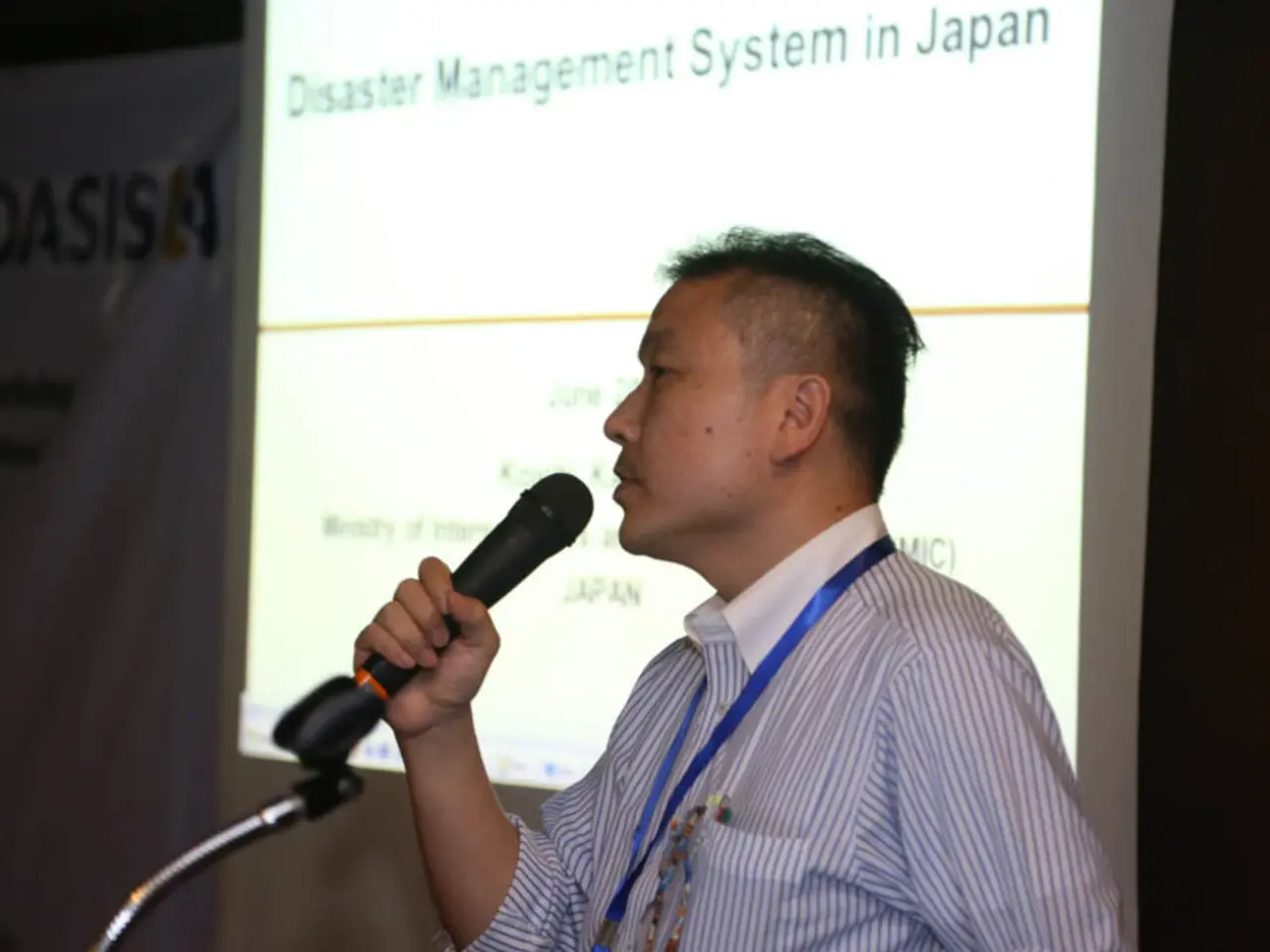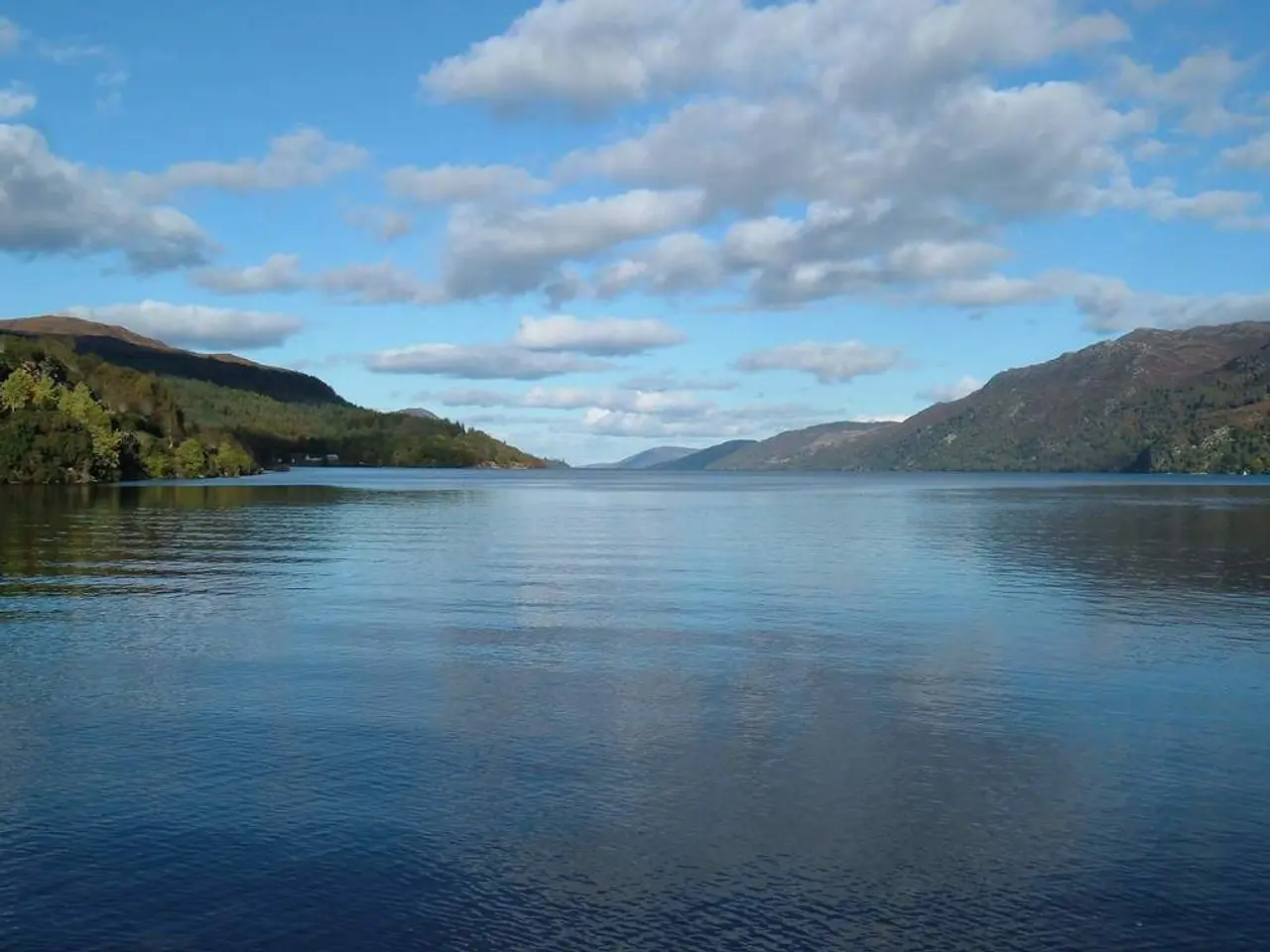Earthshake of magnitude 8.8 near Russia's coast prompts tsunami alert from Japan and America.
The Pacific Rim was put on high alert on July 30, 2025, as a magnitude 8.8 earthquake struck off the Kamchatka Peninsula in Russia. This powerful quake, one of the strongest in recent history, triggered widespread tsunami alerts and regional impacts across the Pacific.
The epicenter of the earthquake was approximately 136 km southeast of Petropavlovsk-Kamchatsky, with a depth of around 19 km. The event ranked among the six strongest earthquakes ever recorded globally, serving as a stark reminder of the high seismic risk in the Pacific Ring of Fire.
In Russia's Kamchatka Peninsula, the quake caused damage to buildings and infrastructure, including power outages and failures in mobile phone service. Petropavlovsk-Kamchatsky experienced tsunami waves up to 4 meters, flooding parts of the city and washing fishing boats into the sea. Authorities responded by shutting down power supplies and advising residents to evacuate to higher ground as a precautionary measure.
Japan's Hokkaido and parts of Alaska also experienced tsunami waves, though no significant damage was reported in these areas. In Japan, tsunami waves measured up to 60 cm, with potential heights reaching 3 meters in northern areas. The Pacific Tsunami Warning Centre coordinated alerts across the Pacific, emphasizing preparedness and promoting international cooperation in disaster response.
In Hawaii, evacuations were ordered, and warnings of tsunami waves potentially reaching up to 10 feet were issued. Widespread advisories lasting for over a day were in effect in many coastal regions. The U.S. West Coast, Alaska, Hawaii, the Philippines, New Zealand, and several Central and South American Pacific-coast nations received tsunami warnings or advisories.
Local authorities across affected nations remained on standby, with evacuation or beach access advisories in effect. New Zealand's civil defence warned of "strong and unusual currents" in coastal areas, even where formal evacuations were not ordered. Aftershocks are likely in the region, prompting officials to maintain alert status for days.
This catastrophic event underscores the importance of preparedness, urban planning, and international coordination in minimizing disaster impacts. The global community must continue to prioritize continuous monitoring and emergency preparedness to better respond to future seismic events and mitigate their devastating effects.
References: 1. BBC News 2. CNN 3. The Guardian 4. The New York Times
- Environmental scientists in Japan are studying the impact of the Pacific tsunami on its coastal ecosystems, as the quake may have disrupted marine life and altered weather patterns.
- As the climate changes, the frequency and intensity of such events as the July 30, 2025, earthquake are expected to increase, highlighting the urgent need for weather forecasting advances to improve disaster preparedness.
- Given the devastating consequences, a coalition of international research organizations has been formed to collaborate on climate-change studies, environmental-science investigations, and weather-forecasting improvements around the Pacific Ring of Fire.








